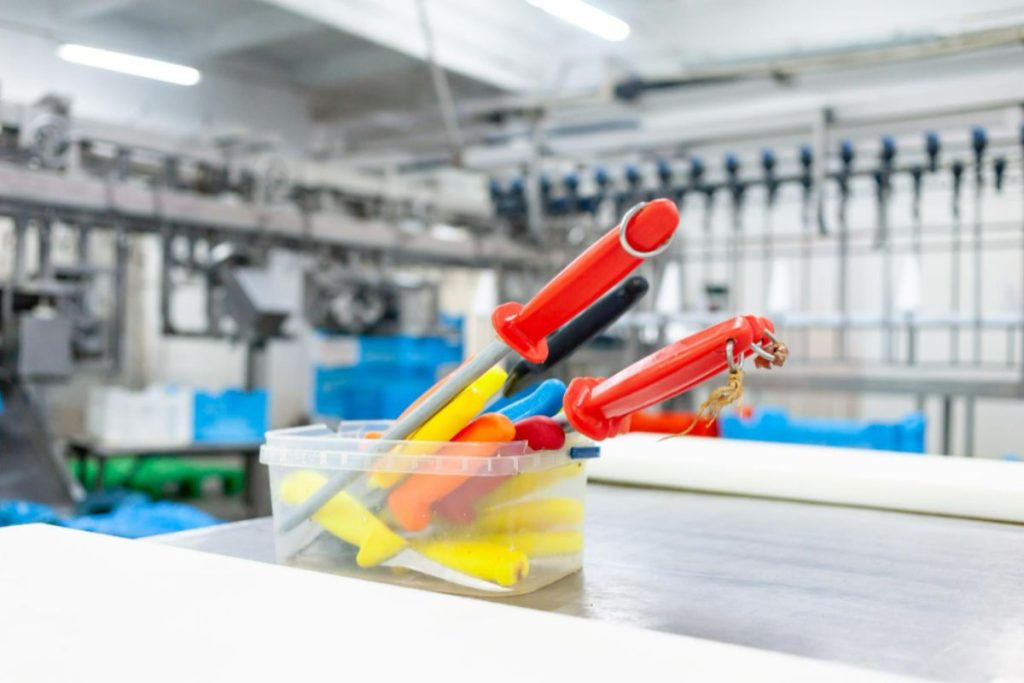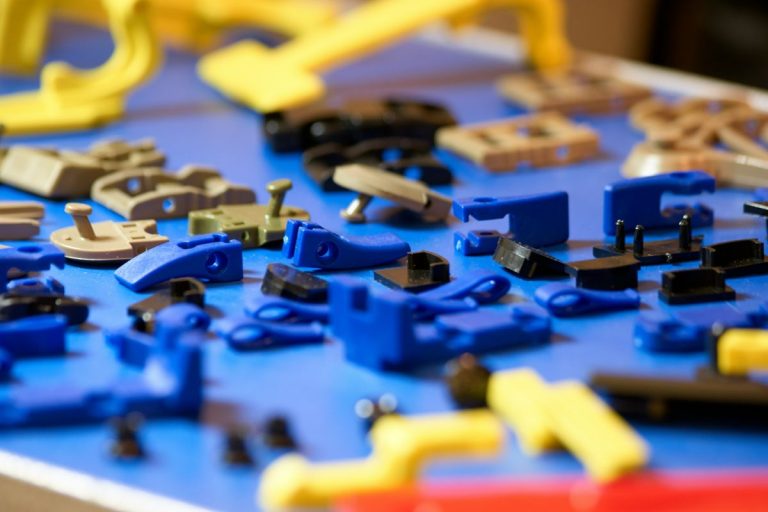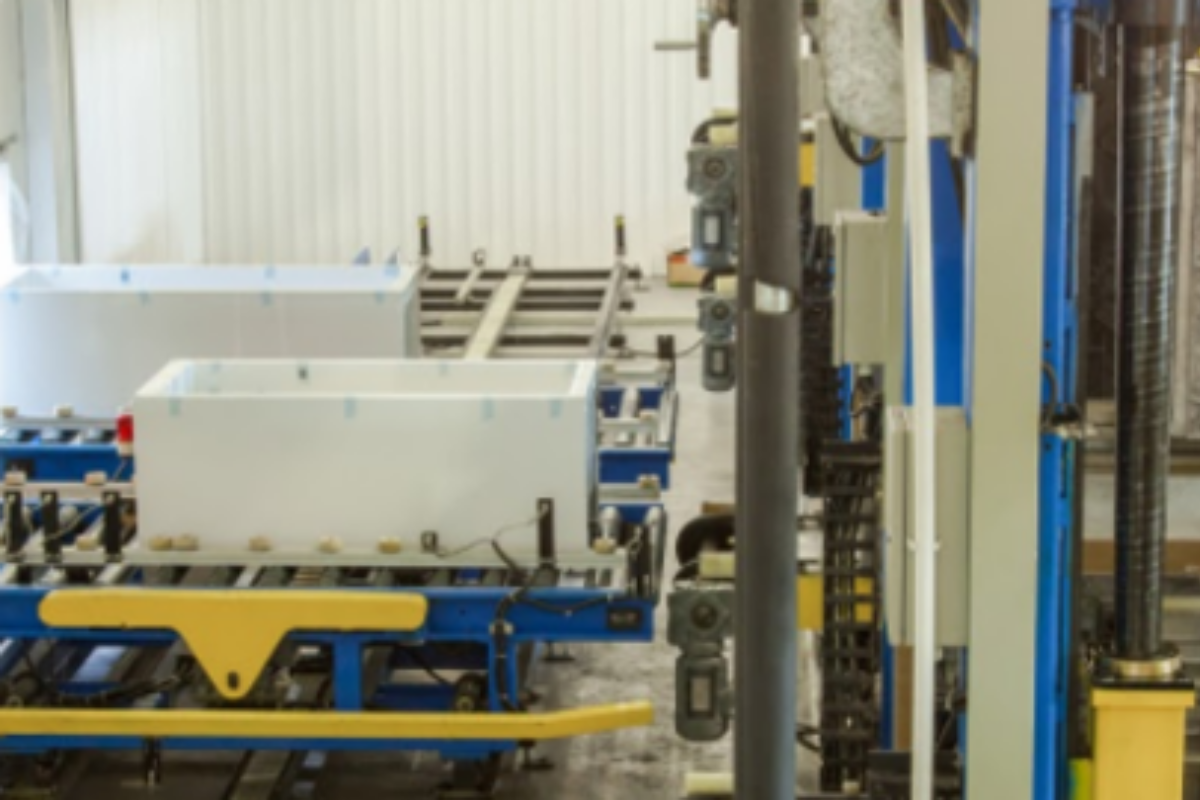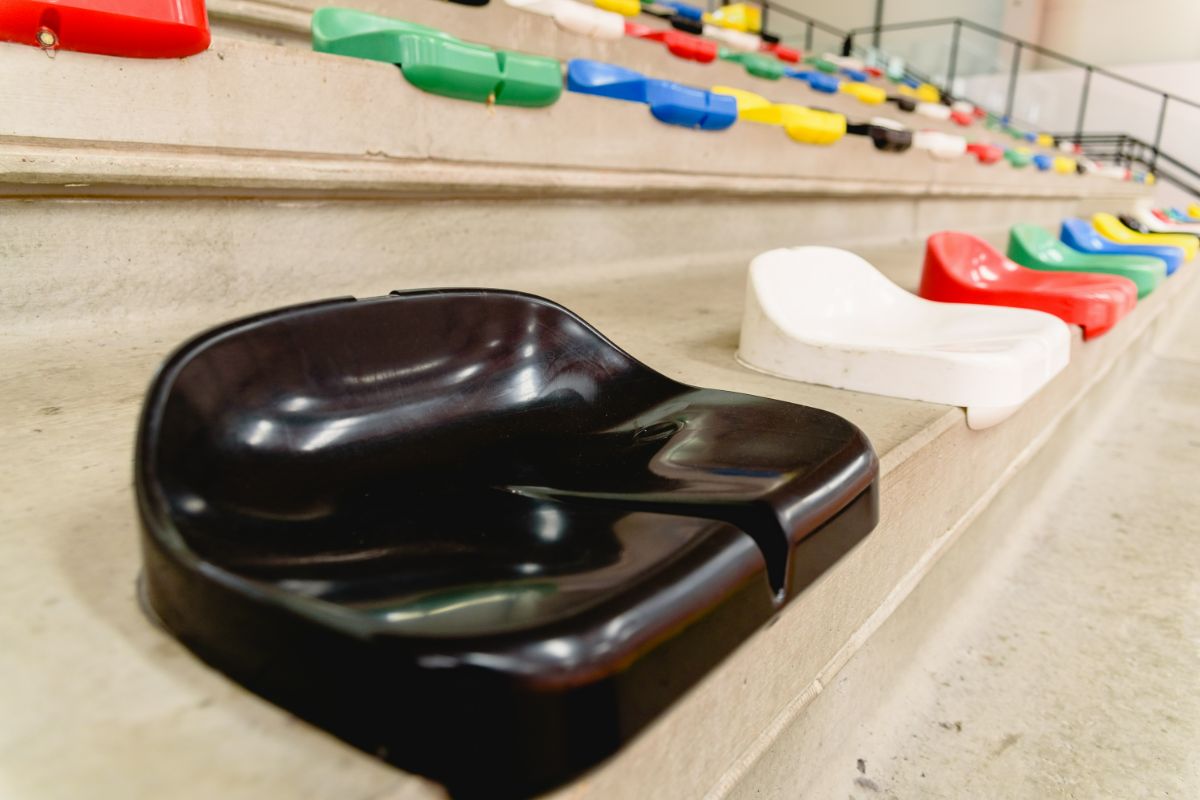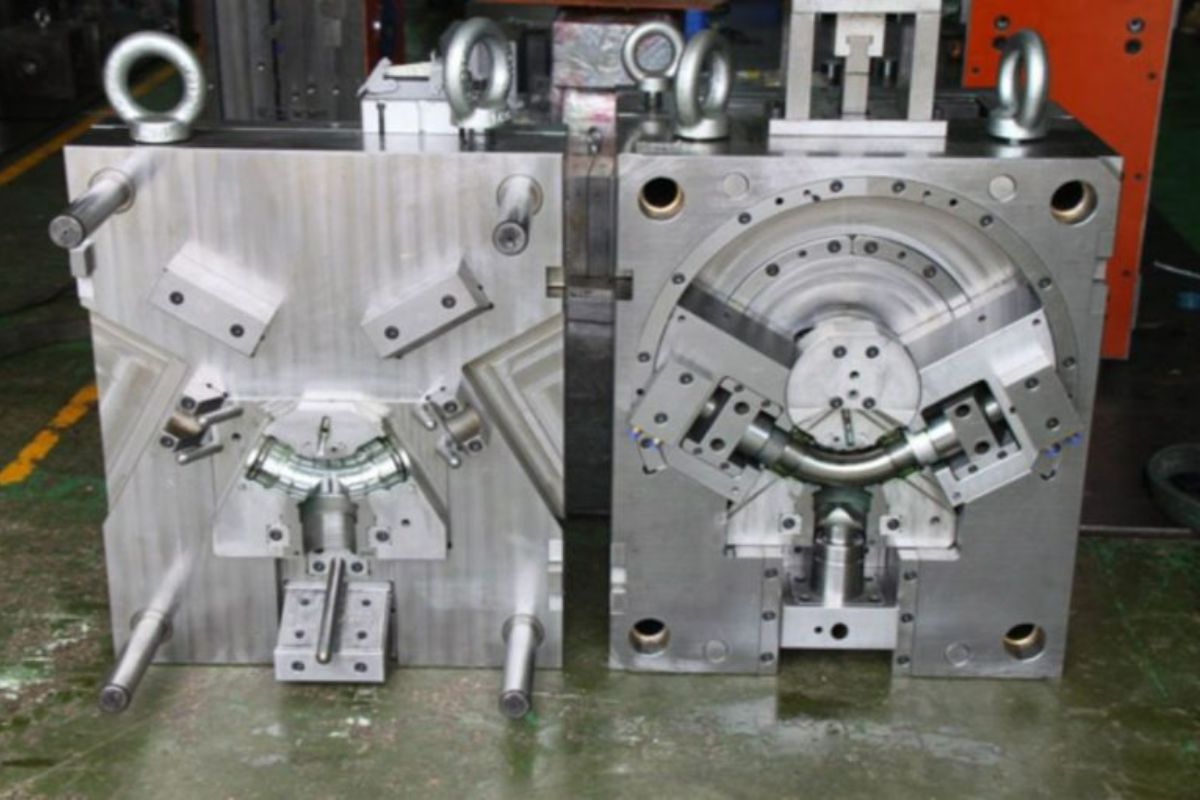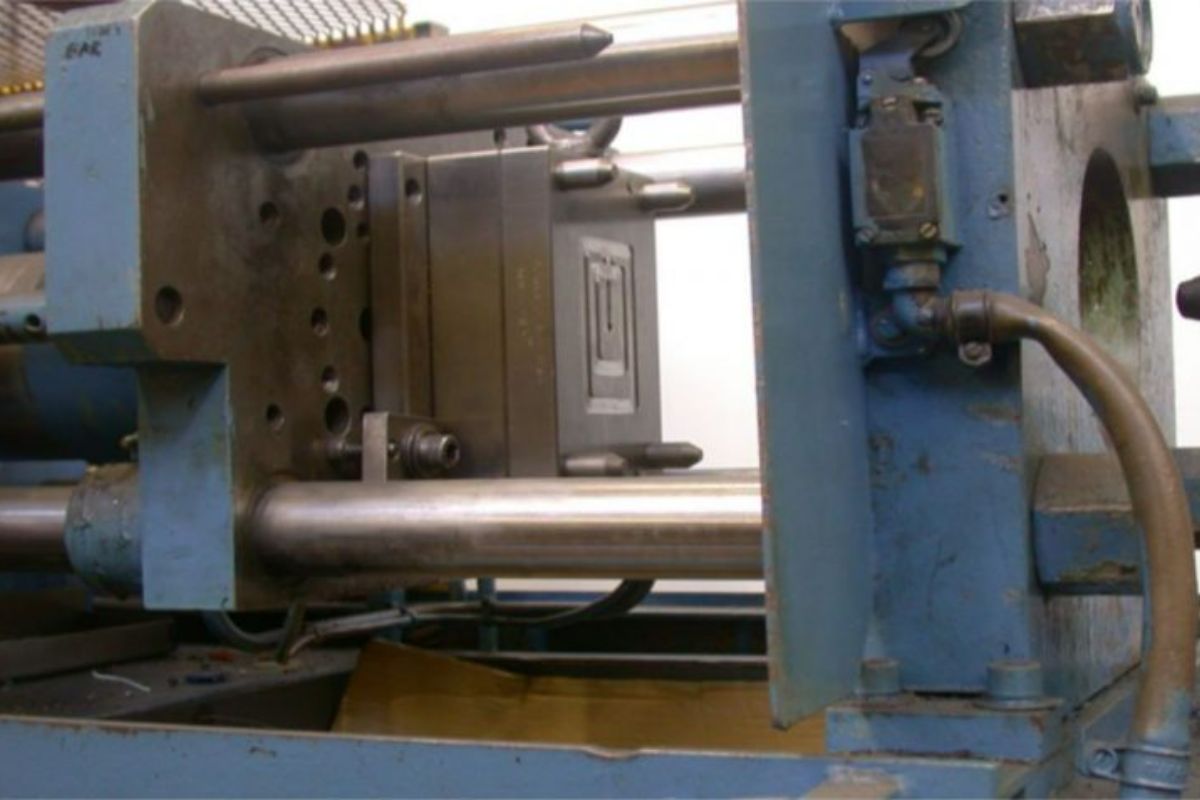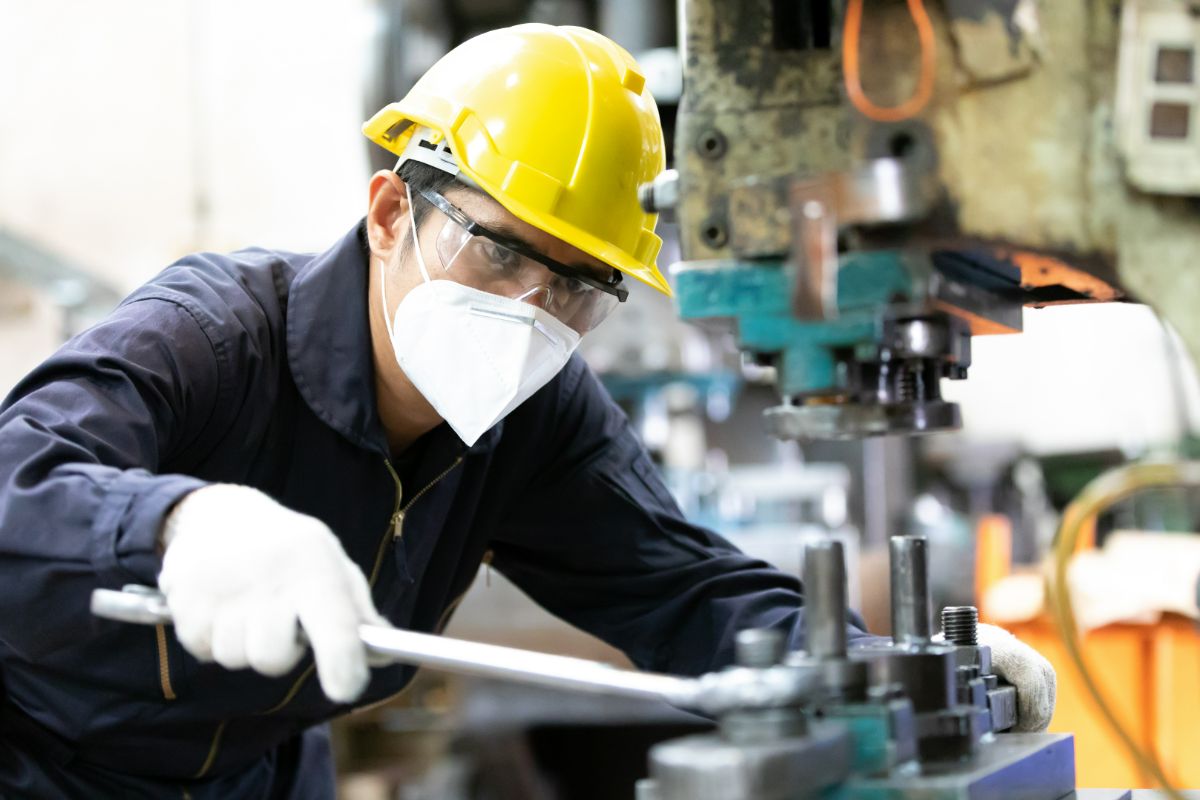What distinguishes high-quality large-size tooling from other options?
- Material quality
- Heat treatment
- Surface finish
- Rigidity and stability
- Longevity and durability
Overview
- In injection molding, the choice of high-quality large-size tooling is crucial for success in producing large plastic components.
- As industries demand precision and endurance in their plastic parts, opting for high-quality large-size tooling becomes imperative for manufacturers, and Richfields proves to be the ideal partner in achieving these elevated standards.
Choosing the proper tooling for your construction project is essential for several reasons, including dealing with large parts that demand a detailed approach to tool design and machine capabilities. Factors such as air-assist molding, hot runner molding, and determining wall thickness contribute to the overall success of the process.
One standout method for producing durable plastic parts is high-quality, large-size tooling. It refers to the specialized molds designed for the injection molding of substantial plastic components. Typically requiring machinery with 500 tons of clamping force and above, what sets high-quality large-size tooling apart is its role in automotive components like dashboards and bumpers and crucial elements in the medical and packaging industries.
Richfields, the leading plastic injection molding provider in China, the US, Brazil, Europe, and the UK, has positioned itself as an ultimate player on the global stage, with equipment ranging from 800 to 2200 tons in size.
Material Quality
High-quality large-size tooling extends beyond machinery and processes. It focuses on material quality, where every facet of the tooling, from molds to components, is crafted with precision and durability in mind. This approach ensures that the materials used in the tooling process meet the highest industry standards.
Unlike average tooling, which might cut corners on material selection to reduce costs, high-quality tooling prioritizes the use of premium materials. This ensures that the tools withstand the rigors of large-scale production, resist corrosion, and maintain dimensional stability over extended periods.
Heat Treatment
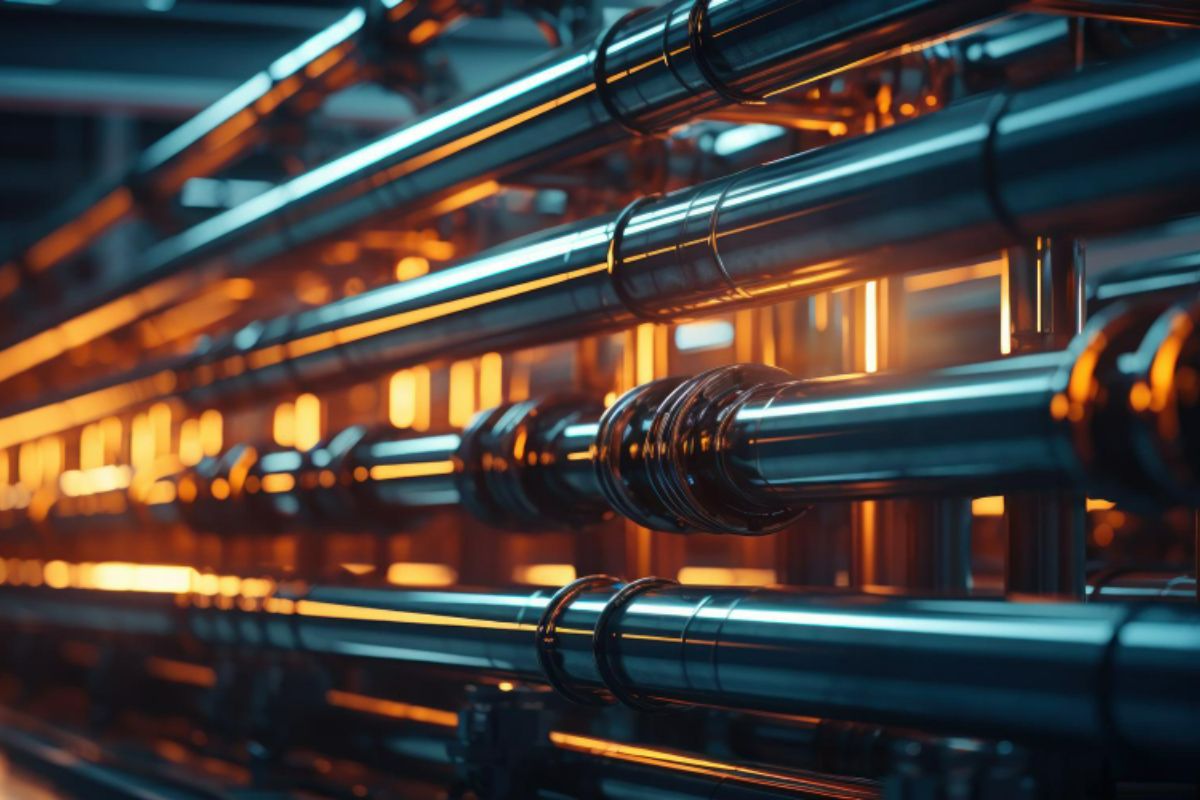
Heat treatment is a method of altering the physical and sometimes chemical properties of materials, typically metals, to enhance their strength, durability, and resistance to wear and deformation. In large-size tooling, it involves subjecting molds and components to controlled heating and cooling cycles.
The rigorous conditions of injection molding subject tools to substantial stress and wear, and heat treatment helps fortify them, ensuring they maintain structural integrity over time.
Additionally, it contributes to improved wear resistance, making tool surfaces more resistant to abrasion and friction. It is particularly beneficial for large-size tooling operating in high-friction environments during continuous production cycles.
Surface Finish
In industries where appearance matters, such as automotive or consumer goods, achieving a flawless surface finish is essential for the marketability and acceptance of the final product. Surface finish refers to the texture, smoothness, and overall quality of the external surface of the molded product. It is influenced by the condition and precision of the tooling used in the injection molding process.
For instance, medical or aerospace industries demand impeccable surface finishes to meet strict regulatory standards and ensure the optimal performance of the plastic components.
Moreover, surface finish is also linked to the ease of post-processing, painting, or coating, reducing the need for additional finishing steps and saving both time and resources in the production process.
Rigidity and Stability
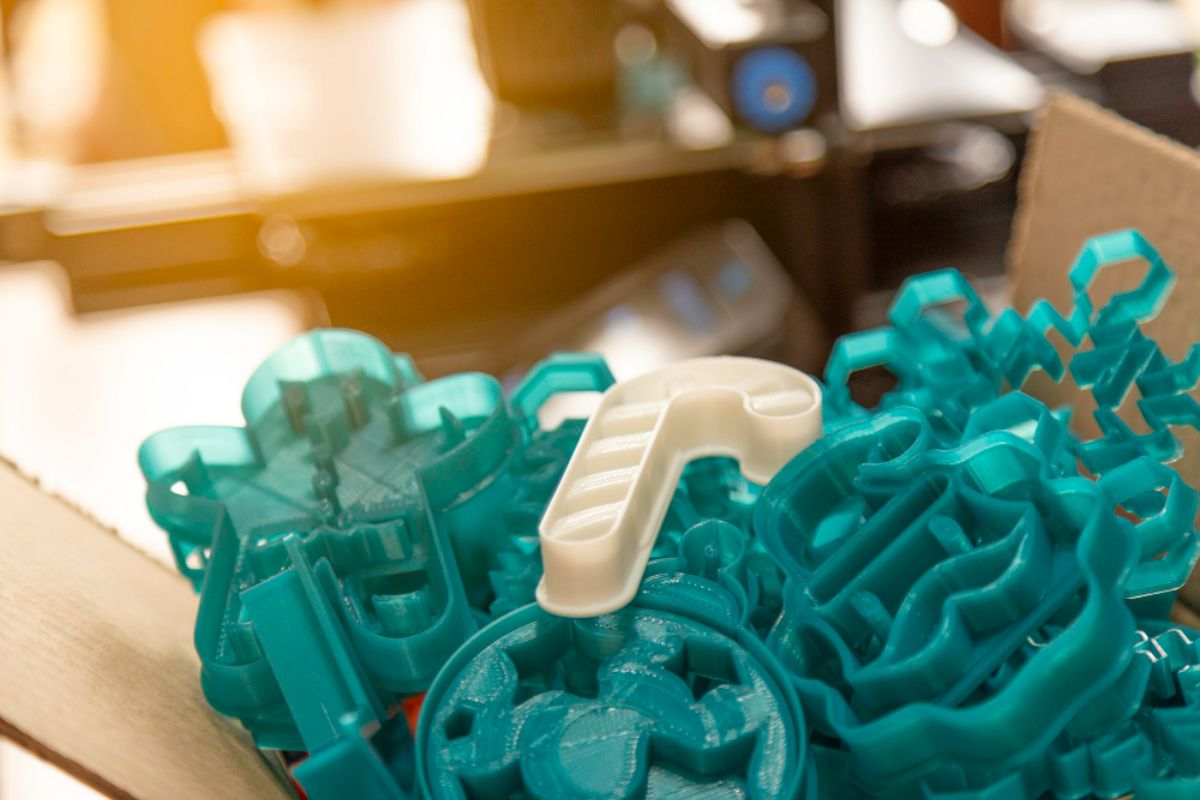
High-quality large-size tooling distinguishes itself by prioritizing rigidity and stability in the design and manufacturing of molds and components. Rigidity is the stiffness and resistance to deformation, while stability maintains structural integrity under the stresses and strains of the injection molding process.
The forces exerted during the injection process, clamping, and ejection phases can be immense. If the tooling lacks rigidity, it may deform or flex, leading to inaccuracies, defects in the molded parts, and, in extreme cases, tooling failure.
Fortunately, high rigidity and stability minimize the risk of dimensional variations in the molded parts and contribute to the overall reliability and longevity of the tooling.
Longevity and Durability
Longevity and durability are crucial factors when it comes to large-scale tooling. Injection molding, especially for substantial plastic parts, subjects the tools to significant mechanical and thermal stresses. Tools that lack longevity may require frequent replacements, leading to downtime, increased costs, and disruptions in production schedules.
Durability is equally critical because the repeated cycles of injection, cooling, and ejection expose the tooling to wear and tear. Tools that lack durability may experience deformation, loss of precision, and compromised quality in the molded parts. High-quality large-size tooling addresses these challenges, ensuring that the tools can withstand continuous use.
Key Takeaway
The focus on material quality, heat treatment, surface finish, rigidity, stability, longevity, and durability is what sets high-quality large-size tooling apart from the rest. It ensures that the tools meet immediate production needs and contribute to long-term reliability, cost-effectiveness, and quality output.
Ready to elevate your injection molding projects? Partner with Richfields, the industry leader committed to delivering exceptional tools and services. Experience the difference in precision, durability, and reliability in every molded part. Contact us today to request a quote and witness the excellence of Richfields in action.
